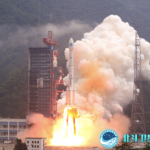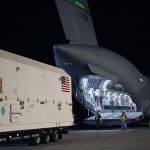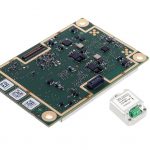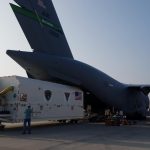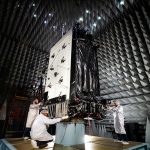25th ITS World Congress
This year’s Intelligent Transport Systems & Services (ITS) conference will be held in Denmark in September. ITS World Congress will take place from September 17-21 at the Bella Center in Copenhagen. The Congress Theme: “ITS – Quality of Life”, supports the Copenhagen belief that intelligent transport systems are an important means to enhance people’s daily lives through seamless, smart and sustainable mobility solutions.
By Inside GNSS

